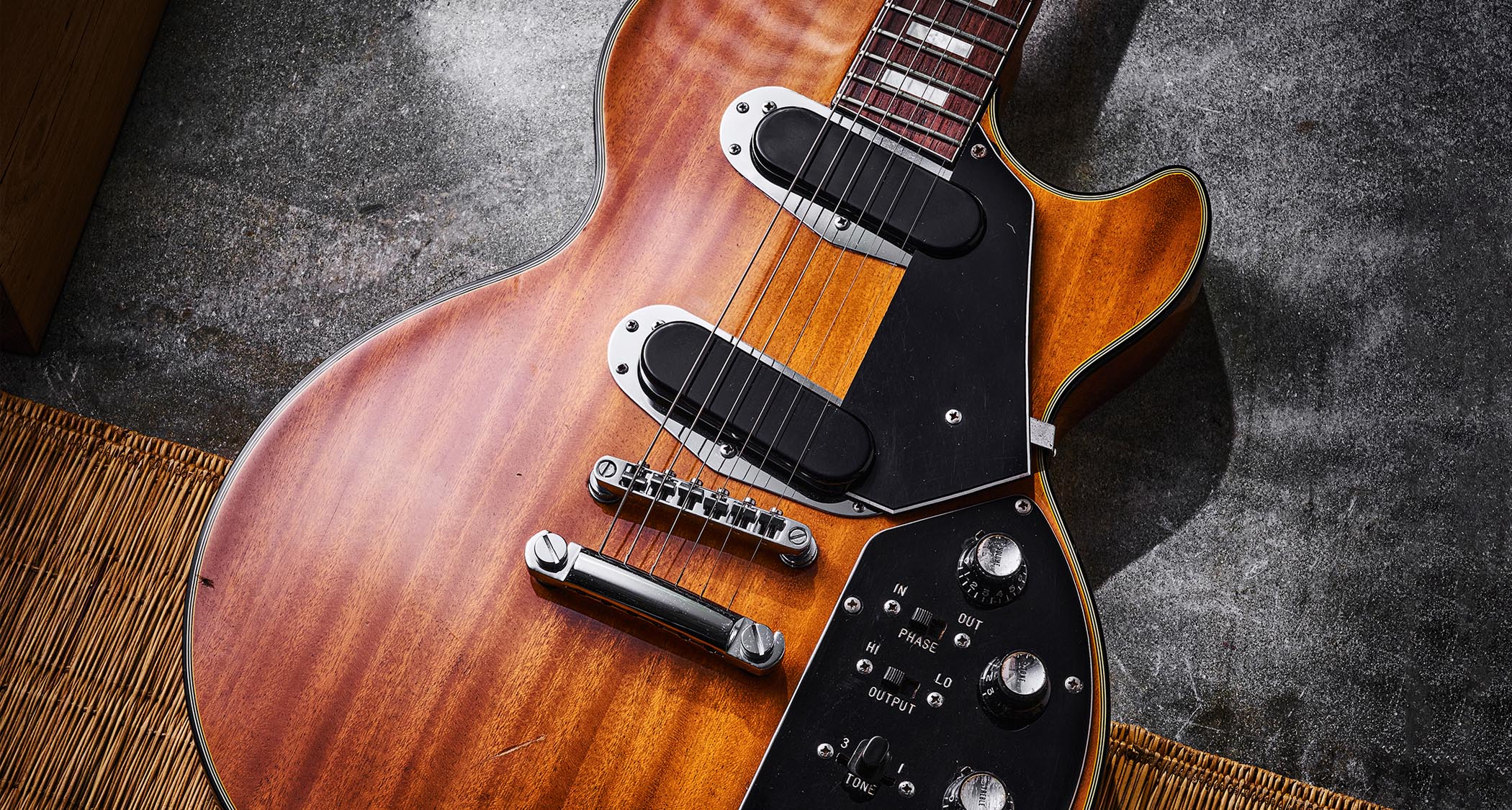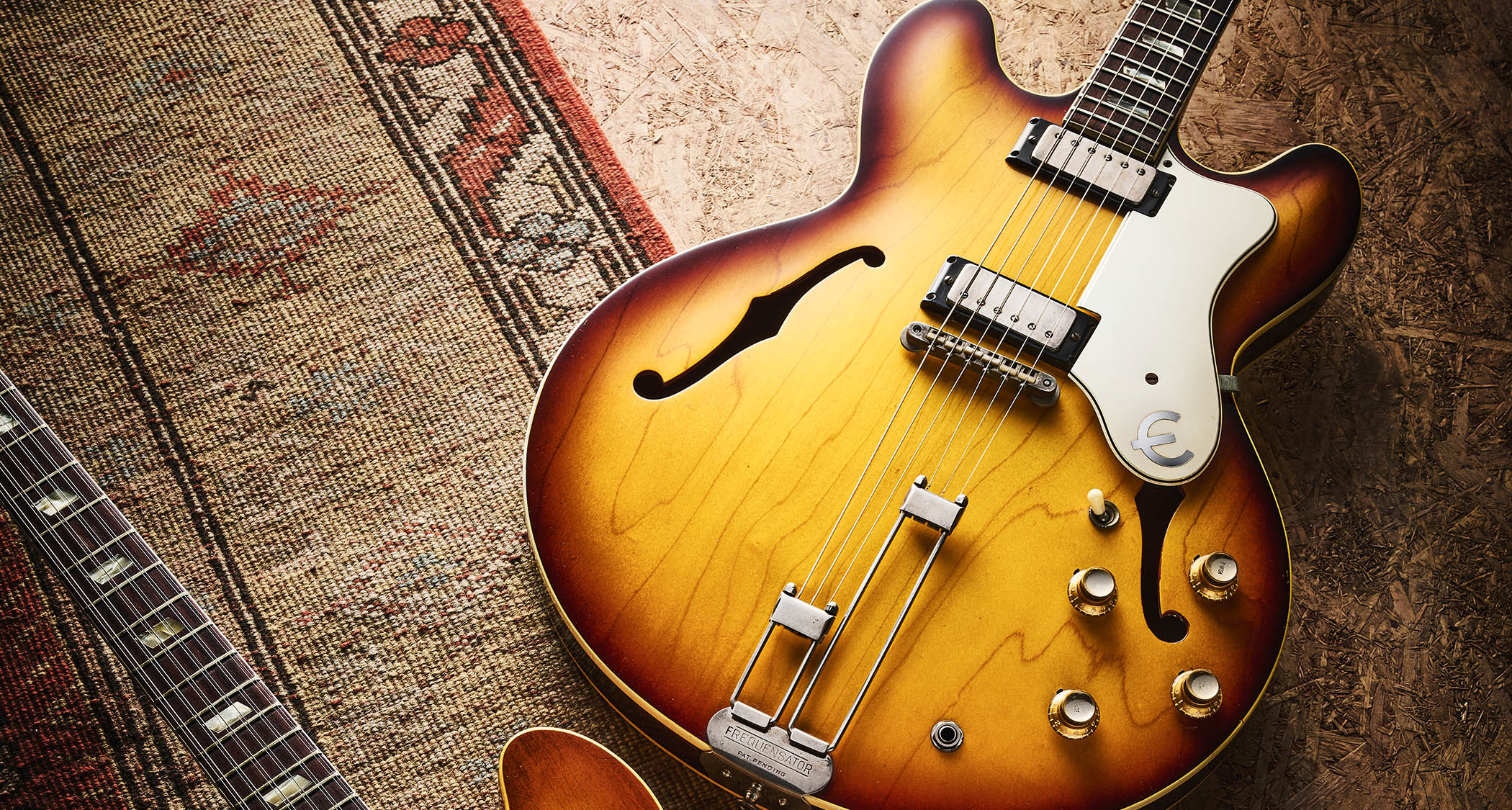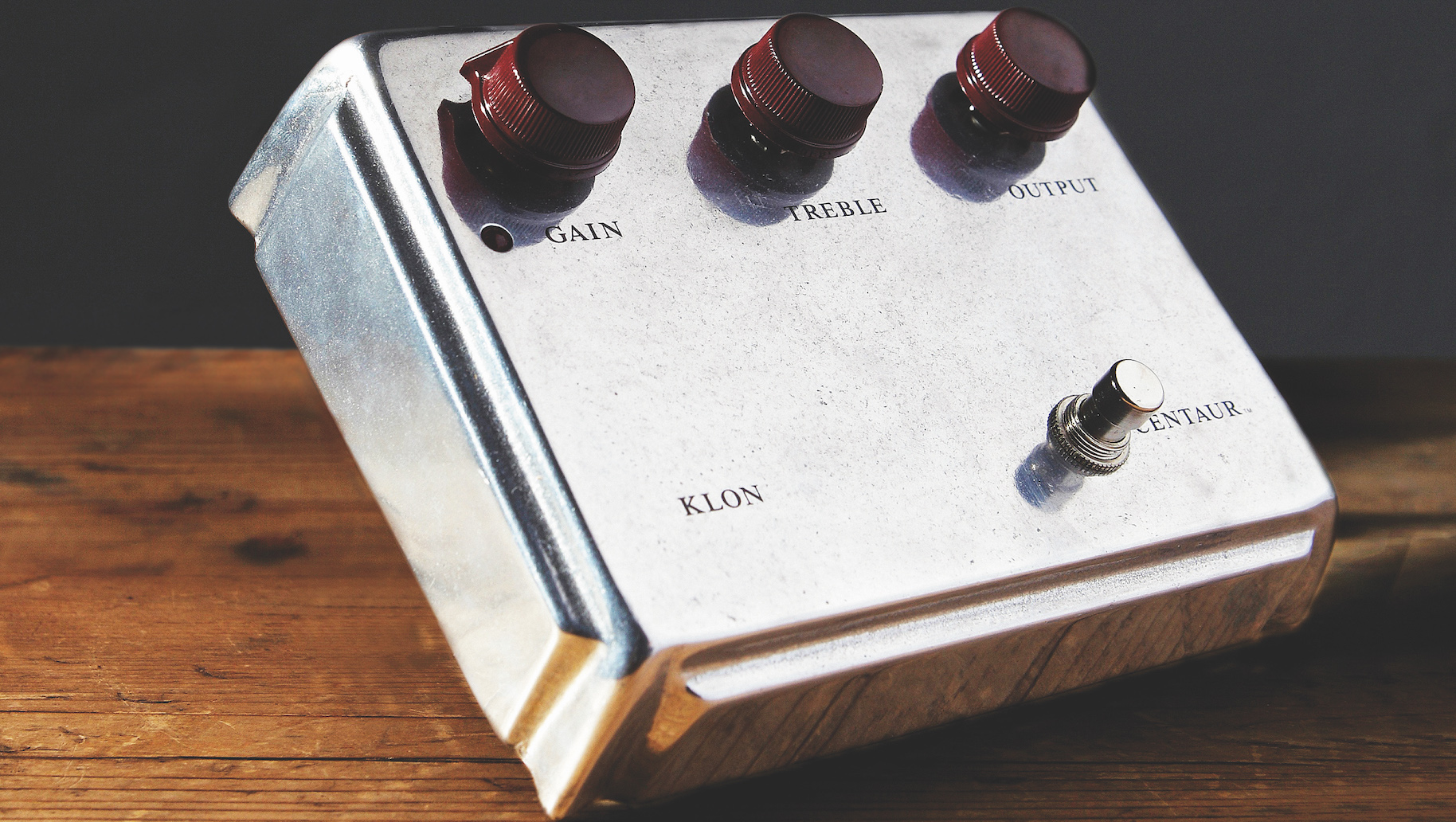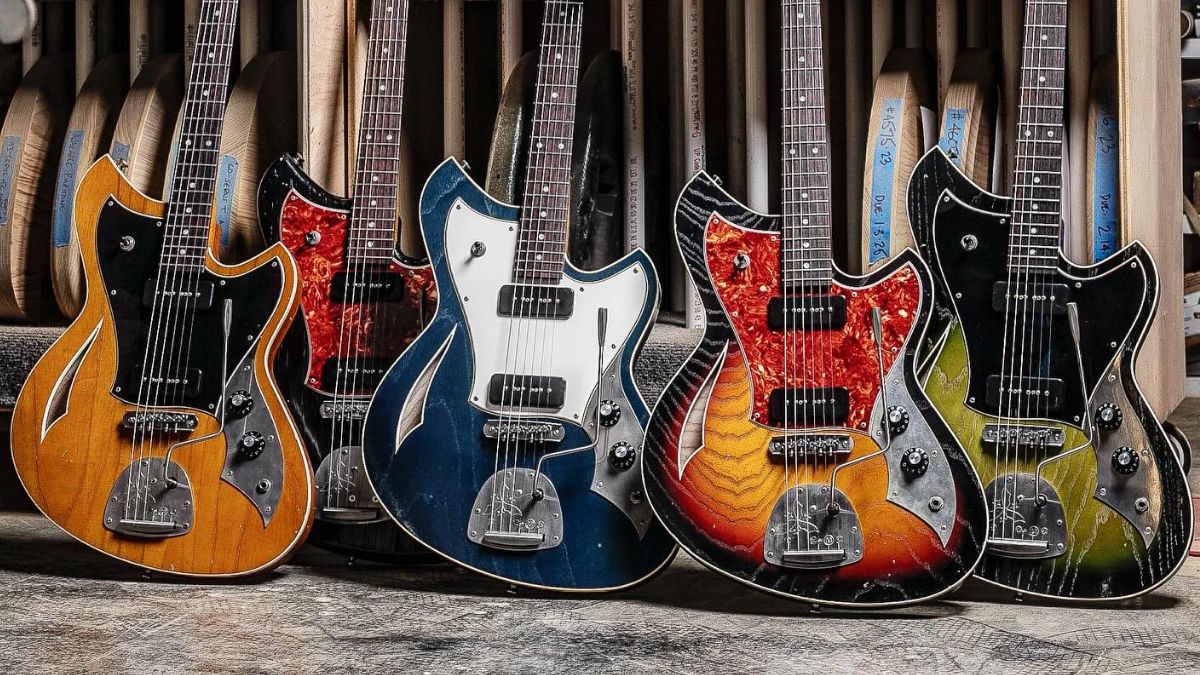Squier’s new Limited Edition Classic Vibe models are so desirable, I broke my decade-long guitar buying ban. So how did they get me hooked?
I usually stand strong in the face of guitar-makers’ marketing tricks, but firms are finding new ways of making affordable lines tempting
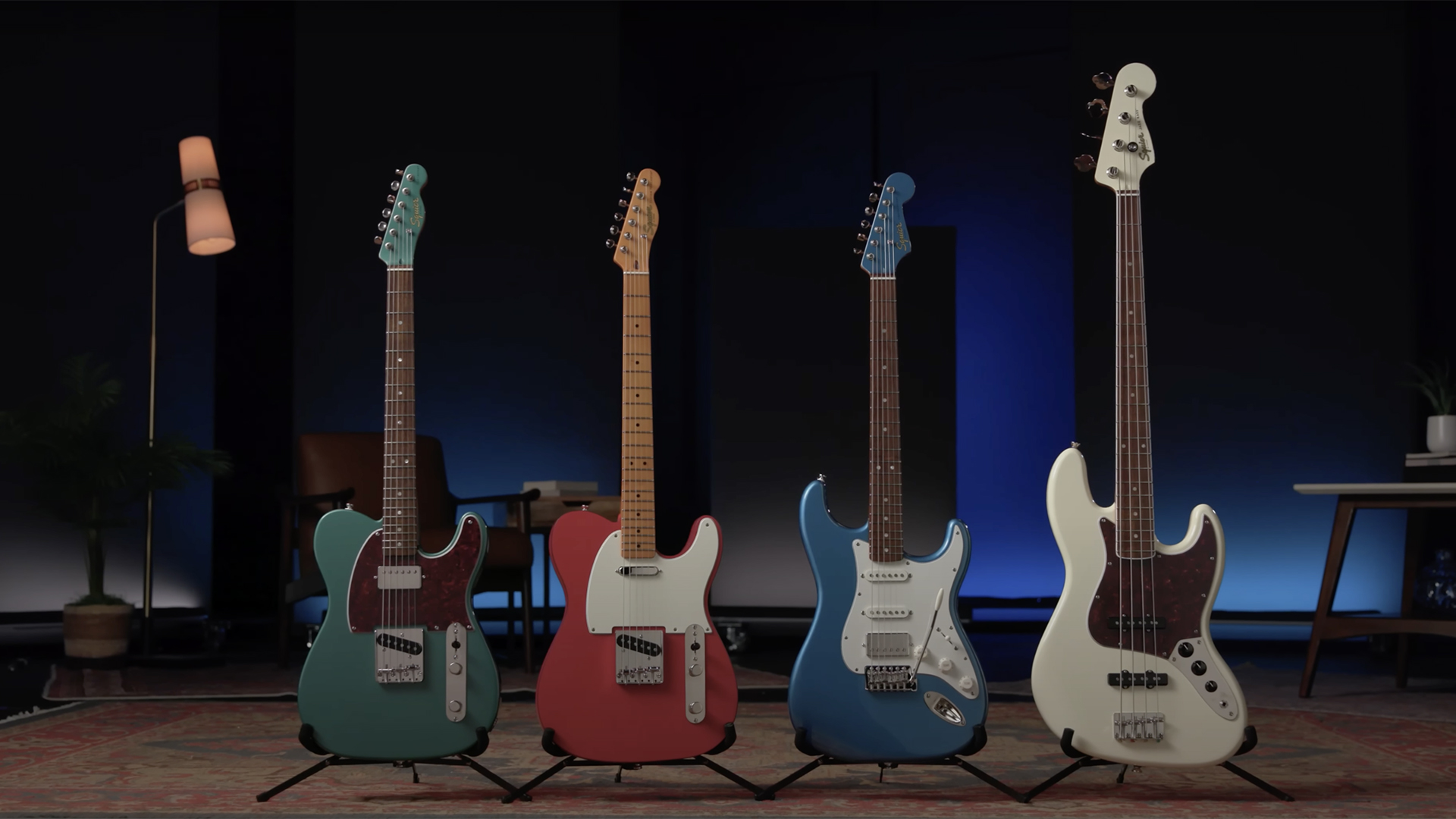
Squier has just announced the arrival of a new batch of Limited Edition Classic Vibe electric guitars and basses, bringing new specs and matching headstock finishes to its lauded vintage-inspired series – albeit temporarily…
Top of the pile is a Sherwood Green ’60s Telecaster SH, which is inspired by the modded custom builds of the late-’60s and employs an alnico humbucker at the neck position.
Then there’s a ’60s Stratocaster HSS, in Sienna Sunburst and Lake Placid Blue; another Tele, this time in red with a satin neck finish, maple fingerboard and double bound body (though, sadly, no matching headstock); and a cream ’60s Jazz Bass to round it out.
The first drop came without fanfare as they quietly appeared on the Fender site, but they’re the kind of models that don’t need much help to catch your eye. Indeed, when I spotted that ’60s Tele SH, I buckled and pushed the buy button.
This is a surprisingly rare event for me – the first time in nearly a decade. Writing for Guitar World, I’m fortunate enough to play a healthy amount of electric guitars in my role, but I almost never buy them.
I've learned, or so I thought, to stay strong – and you can only have so many brilliant guitarists tell you that ‘tone is in the fingers’ and ‘limitations are the key to creativity’ before it starts to rub off on you.

I’ve also never bought a guitar without trying it first (and generally recommend you stick to that rule), so it’s interesting that a Squier drop pushed me – a marketing nightmare and the ultimate reluctant buyer – over the edge.
Get The Pick Newsletter
All the latest guitar news, interviews, lessons, reviews, deals and more, direct to your inbox!
So why did these hit differently? Well, I think it’s a few things. Firstly, something has changed – slowly, but sizeably – in our collective perception of these affordable brands.
I’m by no means the first to observe this, but the product tiers across Fender’s giant range are now so divided and cross-pollinated that buyers – myself included – no longer simply tag a Squier as an inferior Fender.
Instead, it’s now part of a broad spectrum of price points and specs. You can say the same about Epiphone and Gibson, or many other firms. Producers have consciously erased those lines.
Secondly, we’ve now hit a point where the quality of the output at this end of the market is just accepted as consistently good – no-one is surprised to find a $300 guitar that plays nicely these days.
These Squiers all share certain common appealing-but-not-divisive characteristics – reasonable tonewoods (poplar, maple, Indian laurel), Fender’s ubiquitous easy-playing C-shape neck profile, narrow tall frets, Alnico pickups, bone nuts, etc.
What this purchase made me realise, though, is that – on top of all this – brands are now throwing in tricks that we’ve usually only seen further up their lines.
Whether it’s limited-edition finishes, pickup swaps, matching headstocks – these are not new ideas, but now they’re really starting to hit at this price point .
Fender is a master of this approach, but you see the same thought process behind Epiphone’s use of the open-book headstock.
For the brands, these mostly aesthetic tweaks won’t substantially impact the production costs, but it does stoke demand. And, post-Covid, with warehouse shelves bulging with affordable guitar stock, who can blame firms for getting creative?

For me, something about that Sherwood Green Tele absolutely got its claws in me. So, did I buy it for its looks? Yes. Yes, I did. That finish, the tortoiseshell pickguard, and matching headstock (with gold logo!) is, frankly, my happy place.
But, equally, it’s telling that I am now so confident enough in the quality of modern affordable builds that I knew the rest – bar the usual setup quirks – was going to be pretty much taken care of.
(I’ll save you the ‘cheap guitar is surprisingly good’ review, but there’s been no buyers remorse – and I’m going to be holding on to it.)
The point is that in 2024, we all know the quality is there – and we don’t care nearly as much about the name on the headstock – so sometimes a lick of paint really is enough to make the difference.
For more information on the Squier Limited Edition Classic Vibes, head to Fender.

Matt is Deputy Editor for GuitarWorld.com. Before that he spent 10 years as a freelance music journalist, interviewing artists for the likes of Total Guitar, Guitarist, Guitar World, MusicRadar, NME.com, DJ Mag and Electronic Sound. In 2020, he launched CreativeMoney.co.uk, which aims to share the ideas that make creative lifestyles more sustainable. He plays guitar, but should not be allowed near your delay pedals.
“It’s unreal that my own name is one of the coolest finishes I think Fender has ever done”: Fender teams up with country superstar Brad Paisley on a signature Telecaster that brings back a cult classic finish from the 1960s
“We were trying to make the best guitar that ever happened in world history”: ESP’s latest Richard ZK ESP and LTD signature guitars are heavy rock riff machines of the highest order



![The Night Flight Orchestra all glammed-up in stage clothes and photographed against a green backdrop: guitarists Rasmus Ehrnborn [second from left] and Sebastian Forslund [fourth from right]](https://cdn.mos.cms.futurecdn.net/Wy6UcSKUxjjiWvEWzYf3y3.jpg)

